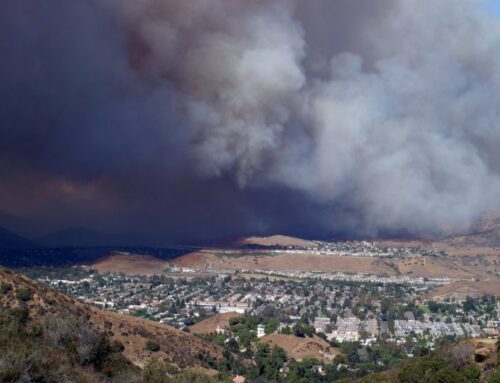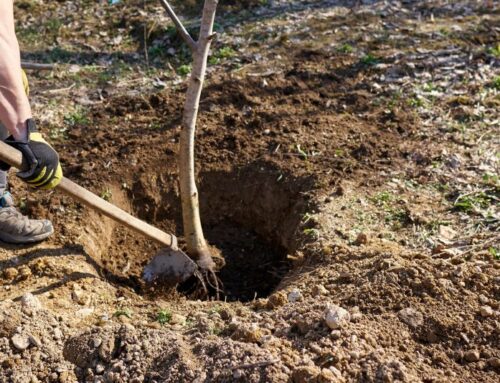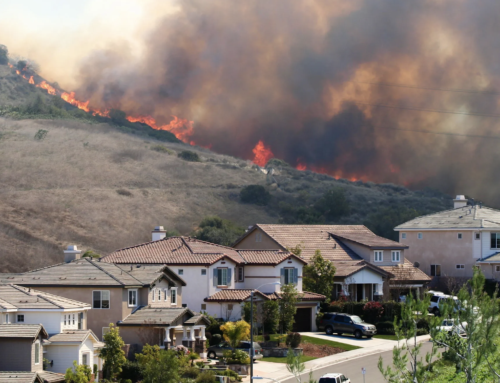Storms can bring much needed rain, but they can also wreak havoc on your trees. High winds, heavy rainfall, and lightning can leave behind a trail of broken branches, split trunks, and even uprooted trees. After a storm hits, it’s important to assess your trees for damage and determine if you need emergency tree services. Whether it’s a few scattered limbs or a severely compromised tree, this guide will walk you through how to respond with proper “tree first aid.”
Determining the Severity of Tree Damage After a Storm

Not all storm damage looks the same. Some injuries may be cosmetic, while others can be immediate safety hazards. The first step in post-storm tree care is identifying the extent of the damage.
Mild Tree Damage
Small broken or hanging branches, torn bark, scattered leaves.
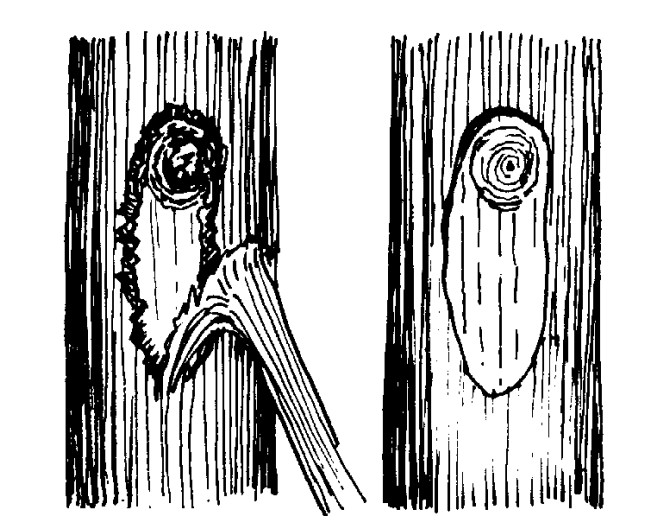
Trees with mild damage generally don’t require immediate emergency care and can often recover on their own or with minimal intervention. If you notice a few small branches snapped or hanging loosely, or some torn bark along the trunk or limbs, these are usually signs of minor stress.
Carefully prune away the broken branches to prevent further tearing and reduce the chance of disease entering through open wounds. Avoid removing more than 25% of the tree’s canopy at once and be sure to make clean cuts just outside the branch collar to aid in proper healing.
Moderate Tree Damage
Medium to large broken branches, hanging limbs, partial canopy loss.
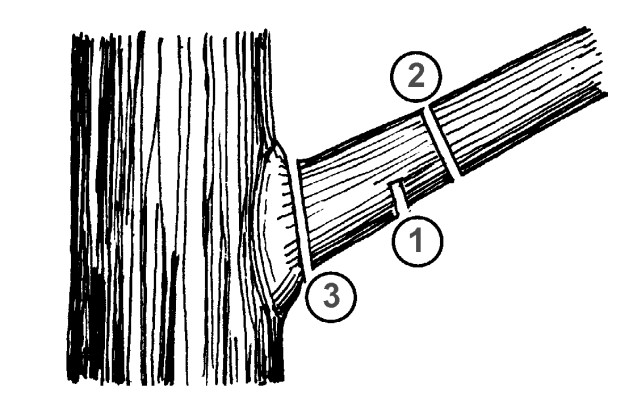
When larger branches break or hang precariously, this qualifies as moderate damage. Trees in this state might be structurally compromised but not beyond saving. Assess whether any of the main limbs are affected and whether the tree still has a well-balanced canopy.
You may need professional help to remove heavy or high-up branches. Improper pruning at this stage could lead to uneven growth, disease, or future breakage. An ISA Certified Arborist can evaluate the tree and perform strategic tree pruning and trimming that promotes long-term recovery.
Severe Tree Damage
Trunk split, tree toppled over, extensive root damage.
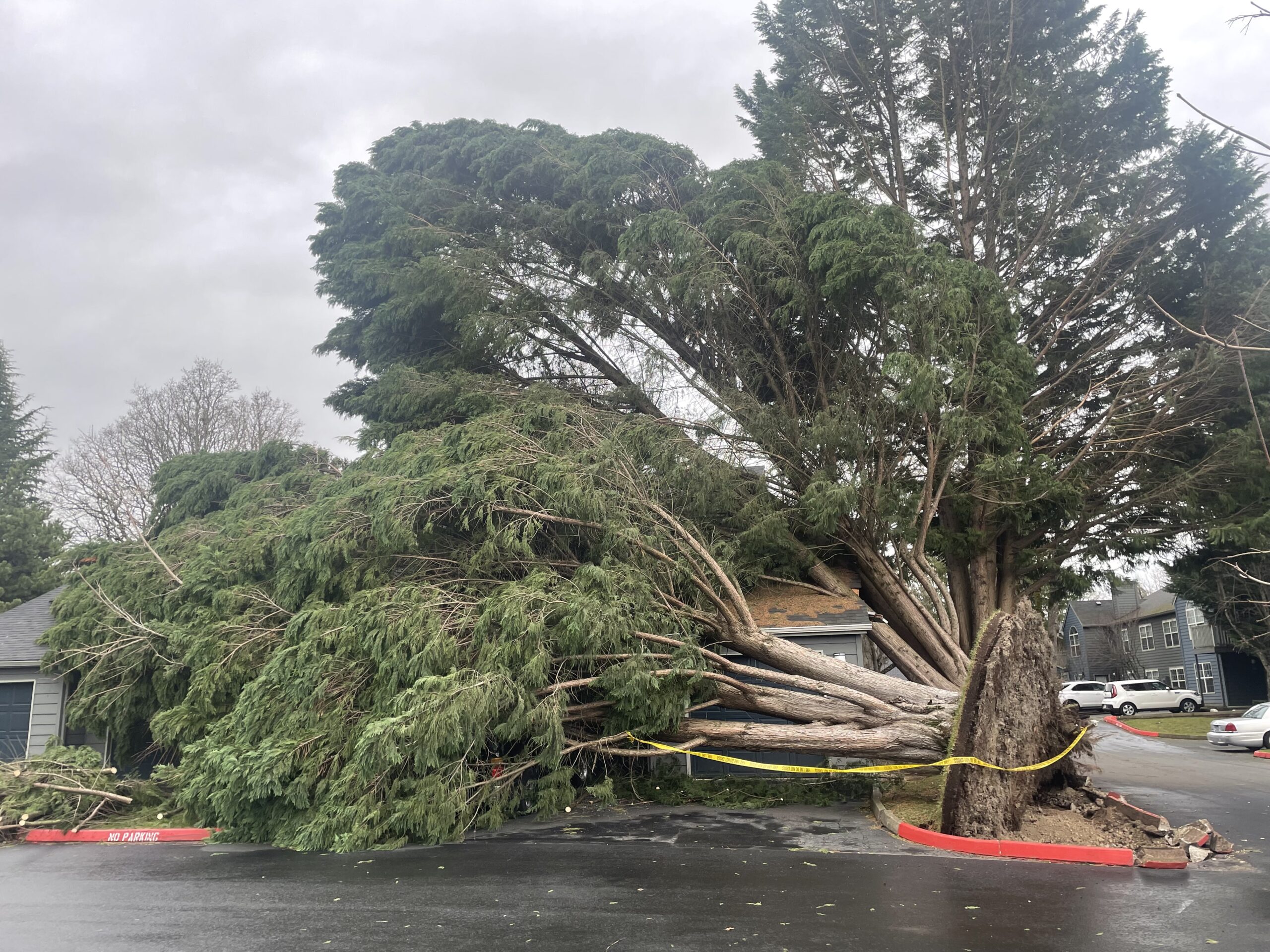
Severely damaged trees often pose safety risks and are typically beyond repair. If a tree has been split down the middle or has fallen completely (especially onto structures or power lines), don’t attempt tree removal yourself. These situations require immediate professional attention.
In some cases, a leaning tree with exposed roots may be salvageable if caught early, but most fully toppled trees cannot be replanted successfully. A tree removal expert can assess the site and determine the safest course of action.
How Do I Go About Repairing Storm Damage to Trees?
Once you’ve assessed the damage, it’s time to clean up and plan for any necessary repairs. Start by removing broken limbs and debris and then evaluate whether further pruning or cabling is needed. Any tree with structural instability or potential hazards should be looked at by a professional arborist.
Storm-damaged trees are especially vulnerable to pests and diseases. Watch for signs of decay, fungal growth, or insect activity in the weeks following the storm.
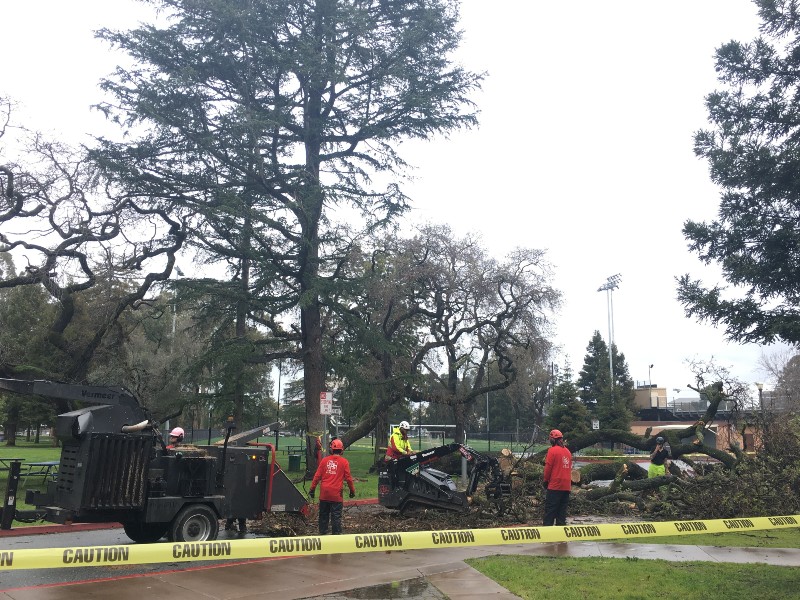
Quick Solutions for Tree Branch Removal
Removing broken or downed branches can be a big job, especially if you’re dealing with larger limbs or multiple trees. Here are a couple of solutions that can help you manage the mess efficiently.
Rent a Dumpster
For heavy cleanup jobs with lots of branches, renting a dumpster may be the easiest way to dispose of debris. Many waste management companies offer temporary yard waste dumpsters that can accommodate large limbs, logs, and brush.
Make sure the service you choose accepts green waste, and keep in mind that some areas may have restrictions on mixed materials.
Prepare Your Tree Branches for Proper Disposal
If you’re handling disposal on your own, remember to prepare the branches correctly. Cut limbs down into manageable lengths—typically under 4 feet—and bundle them with twine if required by your local waste collection service. Avoid mixing green waste with household trash to ensure proper pickup or composting.
You might also consider using a wood chipper to turn branches into mulch. Mulch can be used around the base of your trees or garden beds to retain moisture and regulate soil temperature.
Who Should I Hire for Tree Branch Removal?
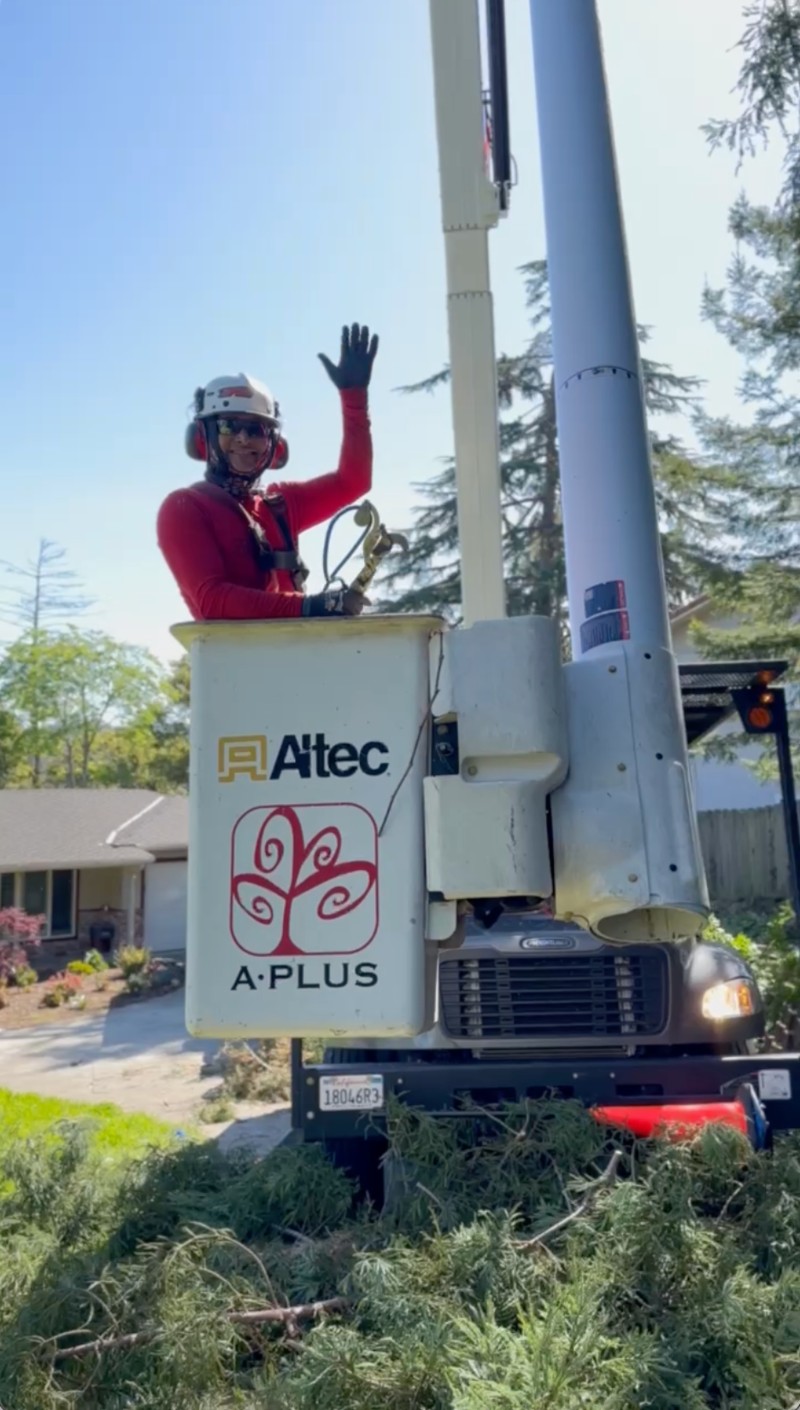
When it comes to storm-damaged trees, safety should be your top priority. For anything beyond basic branch cleanup, hire a licensed tree care professional with the proper equipment and insurance.
Look for:
- ISA Certified Arborists – These professionals are trained in tree biology, pruning, and risk assessment.
- Licensed and Insured Tree Services – Always verify credentials before allowing anyone to perform tree work on your property.
- Emergency Response Capabilities – Some companies offer 24/7 storm cleanup for urgent situations.
A professional will know how to remove dangerous limbs, stabilize trees, and assess whether a damaged tree can be saved or should be removed.
How Much Does Tree Branch Removal or Pruning Cost?
The cost of storm-related tree care can vary widely based on the severity of the damage, tree size, and accessibility. Here are some general estimates:
- Minor branch pruning: $100–$300
- Moderate branch removal: $300–$700
- Large limb or full tree removal: $700–$2,500+
- Emergency removal (e.g., fallen tree on home): $1,000–$5,000+
To get the best value, request quotes from reputable providers, and be wary of door-to-door services offering “quick fixes” after a storm. Always get estimates in writing.
How Can I Protect My Trees From Future Branch Breakage?
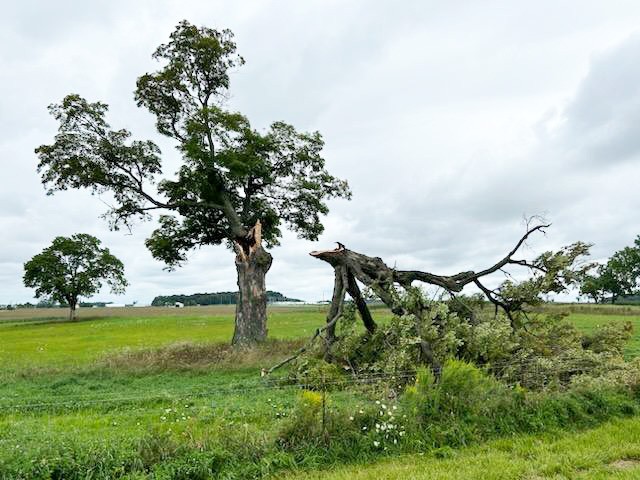
Preventive care is the best way to safeguard your trees before the next storm hits. Here’s how you can help your trees weather future storms:
- Regular pruning – Remove dead, weak, or overextended branches.
- Structural pruning for young trees – Guide proper growth early on.
- Cabling and bracing – Provide support to high-risk limbs or trunks.
- Mulching – Maintain healthy roots with proper mulching around the base.
- Health monitoring – Watch for pests, diseases, or signs of decay.
A strong, healthy tree is more resilient in high winds and heavy rain. Schedule an annual tree inspection to catch vulnerabilities early and keep your trees thriving year-round.
Got storm damage or want to prevent storm damage? Contact us at A Plus Tree for expert services in tree pruning, removals, and emergency tree care!

